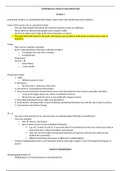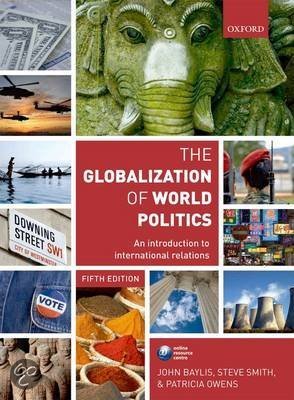Summary
Summary contemporary values of international law
- Course
- Institution
- Book
Hey guys! This is a complete summary of all the materials you will need for the CVIL exam. It includes the lectures of contemporary values of international law (so the powerpoint slides and anything extra that the professor mentioned in class) Since there were so many chapters assigned I also s...
[Show more]




